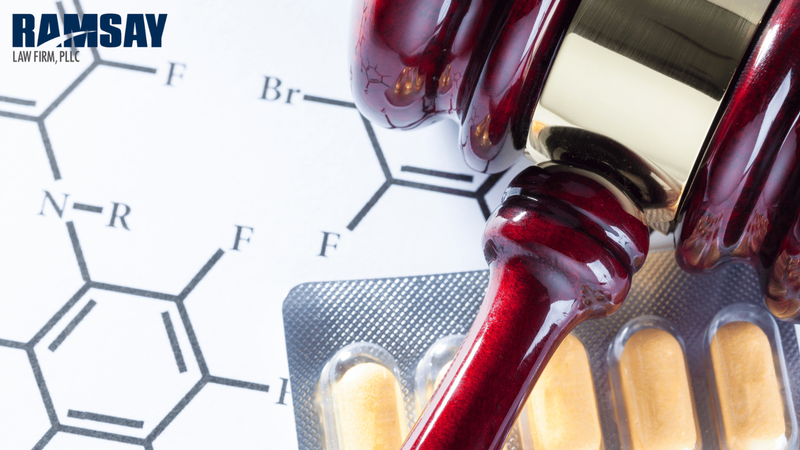State Crime Lab Hides Exculpatory Information

The state breath alcohol lab continues to hide exculpatory information about DWI defendants.
I’m talking about the information required by international scientific consensus documents about the likelihood of a person being under the legal limit for alcohol.
According to the International Bureau of Weights and Measures (BIPM), laboratories are obligated to report the uncertainty (or doubt) of measurements.
The BIPM’s Guide to the Expression of Uncertainty in Measurement (GUM) states:
When reporting the result of a measurement of a physical quantity, it is obligatory that some quantitative indication of the quality of the result be given so that those who use it can assess its reliability.
In 2016, the BCA breath lab made a feeble attempt to include information about measurement uncertainty on the breath alcohol test record. They wrote:
For DMT test uncertainty of measurement information, email the BCA Calibration laboratory at bca.breathtest@state.mn.us.
That isn’t good enough.
The measurement uncertainty needs to be clear and unambiguous to anyone reading the report. And the BCA shouldn’t require citizens to request additional information to understand their report.
By withholding information, the BCA is hiding potential exculpatory information about a defendant’s innocence.
MEASUREMENT UNCERTAINTY = REASONABLE DOUBT
Measurement uncertainty means doubt about the accuracy of the test. The GUM says it clearly:
The word “uncertainty” means doubt, and thus in its broadest sense “uncertainty of measurement” means doubt about the validity of the result of a measurement
And the most published scientist in the world studying alcohol, A.W. Jones, has stated that a deduction for uncertainty is of “great importance.”
In 2020, A.W. Jones wrote:
Some jurisdictions have adopted a guard-band approach to allow for uncertainty. In the UK the statutory BrAC limit for driving is 35 mg/100 mL, but there is no prosecution until a BrAC of 40mg/100 mL is reached. In countries where the statutory limit for driving is 0.08 g/210 L a prosecution is not initiated unless the result is above 0.09 or 0.10 g/210 L, thus giving an allowance of 0.01 and 0.02 g/210 L, respectively. The enforcement of concentration per se statutes and the legal consequences for people convicted of drink-driving offense makes it of great importance for jurisprudence that some allowance is made for analytical uncertainty in the results.
CONTACT RAMSAY LAW
If you’ve been convicted of a DWI offense, call Ramsay Law. We understand the science AND the law.
We go the extra mile to ensure we get ALL the information from the state before we analyze your case.
Call Ramsay Law today at 651-604-0000.
PS - Stay up to date with our blog; subscribe here.

